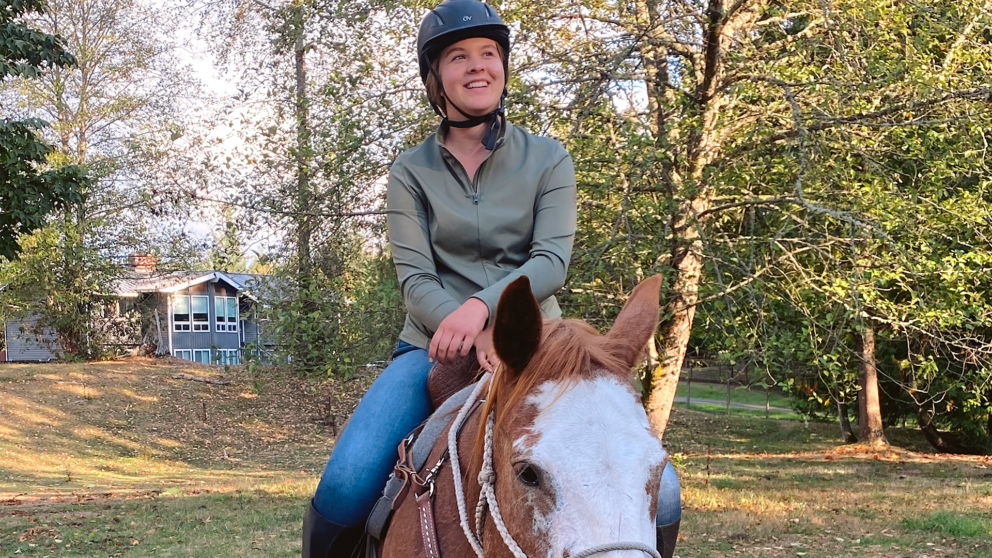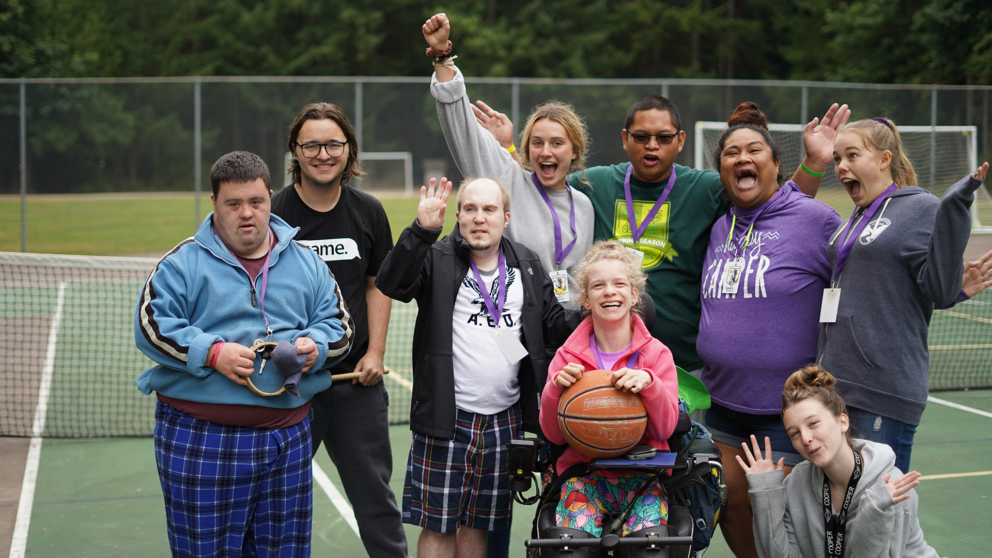The Role of Journalism in Nonprofit Communication

Photo by Artem Maltsev on Unsplash
When I took a job in the marketing office of a nonprofit camp and conference center after majoring in Journalism during college, I was repeatedly posed the same question, in one form or another: “How are you using your degree?”
The answer I usually gave is along the lines of: “Stories are always important whether the target audience is the general public, or a certain group of people.” Going to college taught me how to find stories and then tell them appropriately and effectively. Yes, it often looks different than the type of content I was creating, but the content I create now is also important and I strive to do it well.
A journalism background brings a different perspective to nonprofit communication. Asking, how and why content is going to be consumed is important for journalistic organizations and nonprofits as well.
The journalistic world has simple lists to outline what’s newsworthy that often sound something like this list from the PBS News hour:
- Timeliness: Immediate, current information and events are newsworthy because they have just recently occurred. It’s news because it’s “new.”
- Proximity: Local information and events are newsworthy because they affect people in the community and region. We care more about things that happen “close to home.”
- Conflict and Controversy: When violence strikes or when people argue about actions, events, ideas, or policies, we care. Conflict and controversy attract our attention by highlighting problems or differences within the community.
- Human Interest: People are interested in other people. Everyone has something to celebrate and something to complain about. We like unusual stories of people who accomplish amazing feats or handle a life crisis because we can identify with them.
- Relevance: People are attracted to information that helps them make good decisions. If you like to cook, you find recipes relevant. If you’re looking for a job, the business news is relevant. We depend on relevant information that helps us make decisions.
Each of these categories can also be applied to communication strategies for nonprofits.
Timeliness is important for both donor communication and general public communication. What’s new? Are there any current projects happening? How did the event that just happened go? These are important pieces of information that many people, especially those with ties to the organization, will engage with.
Proximity based stories show how the organization is adding to the community. Essentially, why does having this organization in this area benefit community members? What’s the impact?
Conflict and controversy don’t have nearly as large of a place in nonprofit communication as these categories do in general news, but there are times when stories like these are necessary. If ever an organization is amid a controversial situation, then it is necessary to understand how important informing the public and donors of the situation in an accurate and appropriate way is.
Human Interest has a large area of coverage for nonprofits. Organizations have incredibly interesting people and happenings coming in-and-out and going on all the time. People involved with the organization want to hear about it, and, if it’s interesting enough, people outside of the organization will engage with this type of content the quickest and easiest.
Nonprofit organizations need to make their targeted content relevant to their target audience. People are constantly engaging with different types of content. What about yours is going to cut through the noise and speak to the audience enough to help them understand your nonprofit? Whether it’s a Youtube ad, or a brochure, knowing what your audience is interested in will always help create more engaging content.
Journalism is effective and efficient communication. Nonprofits need the same types of communication strategies that have propelled journalism for hundreds of years. Integrating journalistic strategies into nonprofit storytelling is an easy way to increase the quality and efficiency of the content organizations produce.
-Carl Kulper, Communications Specialist
Warm Beach Camp and Conference Center



